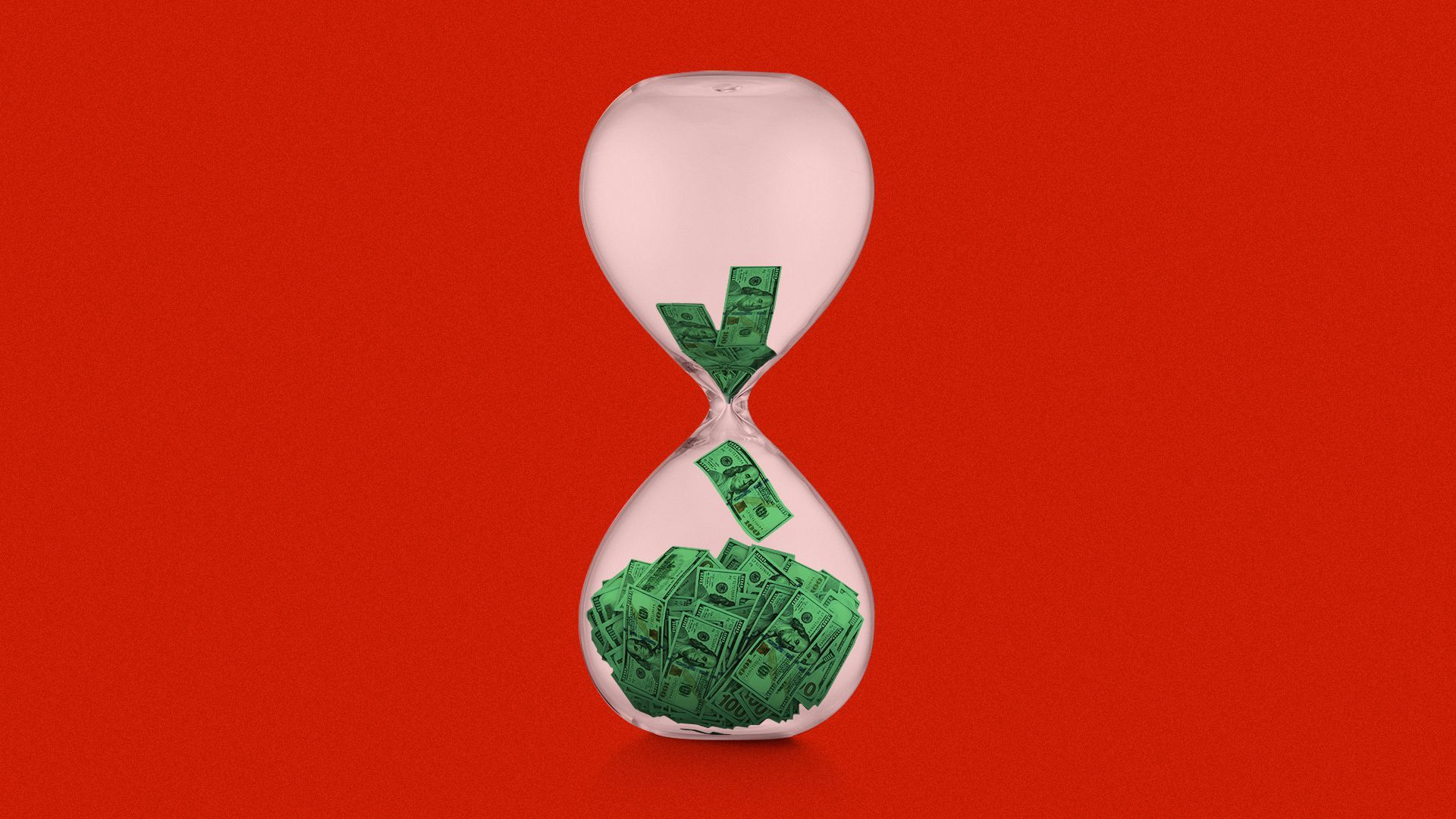| New data on Americans' finances suggests the extension of enhanced unemployment benefits and direct payment checks would provide a significant boost to the economy. Driving the news: A new report from the JPMorgan Chase & Co. Institute finds that the increased payments for unemployment "played an important role in maintaining household spending and wider macroeconomic stability." What they're saying: "With a March 15, 2021 deadline on supplemental and extended jobless benefits approaching, policymakers should consider the important role these benefits play in supporting the spending and saving of jobless workers, given the limited impact they appear to have had on job search." How it works: The report analyzed the impact of supplemental unemployment benefits on job finding, spending, and saving of jobless workers between April and July 2020. - It found that the $600 supplement "likely played little role in discouraging people from finding work."
- "Rather, expanded UI boosted the spending and saving among jobless workers, many of whom are facing extended or repeated unemployment spells."
Where it stands: Using the bank's data, the JPMorgan Chase Institute found a strong correlation between the spending and saving of jobless workers and the availability of supplemental unemployment insurance benefits during the pandemic. - "We estimate that for every dollar of supplemental unemployment insurance, the median unemployed family has spent between 29 and 43 cents more than they otherwise would have."
There's more: A new report from data firm Morning Consult argues that sending $1,400 stimulus checks targeted to low-income adults and parents combined with enhancements to the unemployment benefit system "would prevent unnecessary financial hardship and mitigate future economic risks." By the numbers: Morning Consult's data show that in January, 16% of U.S. adults said their expenses exceeded their incomes for the month, largely concentrated among low-income households. - Americans with annual household incomes under $50,000 already spent roughly 67% of the money they received in the second stimulus.
- Among the 30.2 million adults who couldn't pay their bills, 75% fell short by less than $300, "an improvement from December that shows stimulus checks are bringing people closer to covering their expenses."
Yes, but: Both studies suggest that targeted benefits would be most effective, but neither directly states who should or should not receive benefits, a prime subject of debate given that some Americans who previously made high salaries remain unemployed because of the pandemic. - Other workers remain employed but have seen reduced wages and/or hours.
What's next: If $1,400 stimulus checks are sent on March 1, Morning Consult's data show the payments would allow 22.6 million Americans to pay their bills in full through the middle of July. | 





No comments:
Post a Comment